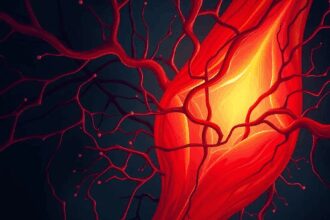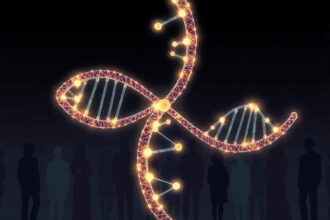Explore the science behind photobiomodulation (PBM), a cutting-edge therapy using light to stimulate cellular repair, reduce inflammation, and treat conditions like chronic pain and neurodegenerative disorders.
Photobiomodulation (PBM) is revolutionizing medicine by harnessing light to heal tissues, reduce pain, and rejuvenate skin, offering a non-invasive solution for chronic conditions and cosmetic enhancements.
Introduction to Photobiomodulation
Photobiomodulation (PBM), also known as low-level laser therapy (LLLT), is a groundbreaking medical treatment that uses specific wavelengths of light to stimulate cellular repair and reduce inflammation. This non-invasive therapy has gained traction in recent years for its ability to enhance mitochondrial function, boost energy production, and promote tissue healing. According to a study published in the Journal of Biophotonics
, PBM has shown remarkable potential in treating a wide range of conditions, from chronic pain to neurodegenerative disorders.
How Photobiomodulation Works
At the core of PBM is its ability to interact with mitochondria, the powerhouses of our cells. When exposed to specific wavelengths of light, typically in the red and near-infrared spectrum, mitochondria absorb photons, which in turn enhances the production of adenosine triphosphate (ATP). This increase in ATP production fuels cellular repair and regeneration. Dr. Michael Hamblin, a leading researcher in the field, explains, PBM works by activating cellular signaling pathways that reduce oxidative stress and inflammation, leading to improved tissue repair and reduced pain.
Applications in Chronic Pain and Wound Healing
One of the most promising applications of PBM is in the treatment of chronic pain. A 2020 study published in Lasers in Medical Science
demonstrated that patients with chronic lower back pain experienced significant pain reduction after undergoing PBM therapy. Similarly, PBM has been shown to accelerate wound healing by promoting collagen synthesis and reducing inflammation. This makes it a valuable tool in post-surgical recovery and the treatment of chronic wounds, such as diabetic ulcers.
PBM in Neurodegenerative Disorders
Emerging research suggests that PBM may also hold promise in treating neurodegenerative disorders like Alzheimer’s and Parkinson’s disease. A 2021 study in the Journal of Alzheimer’s Disease
found that PBM therapy improved cognitive function in patients with mild cognitive impairment. The therapy is believed to work by reducing neuroinflammation and promoting the growth of new neurons, offering hope for patients with these debilitating conditions.
Cosmetic Applications: Skin Rejuvenation
Beyond its medical applications, PBM is making waves in the cosmetic industry. By stimulating collagen production and reducing inflammation, PBM can improve skin texture, reduce wrinkles, and promote a more youthful appearance. A 2019 study in the Journal of Cosmetic Dermatology
reported significant improvements in skin elasticity and hydration after just a few sessions of PBM therapy.
Conclusion: The Future of PBM
As research continues to uncover the vast potential of photobiomodulation, it is clear that this innovative therapy has the power to transform both medical treatment and cosmetic procedures. With its non-invasive nature and minimal side effects, PBM offers a promising alternative for patients seeking effective and safe solutions for a variety of conditions. As Dr. Hamblin aptly puts it, PBM is not just a treatment; it’s a revolution in how we approach healing and wellness.




